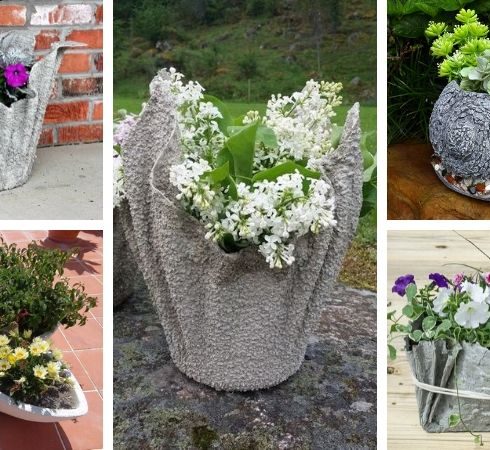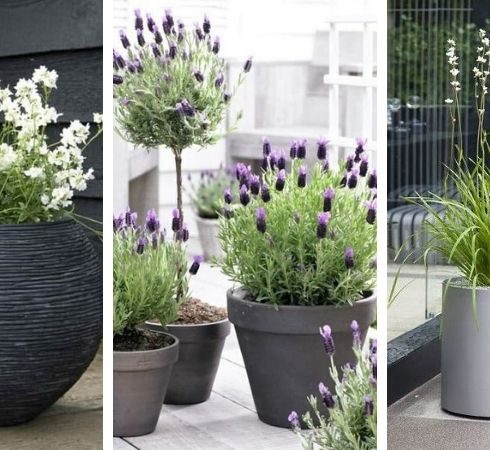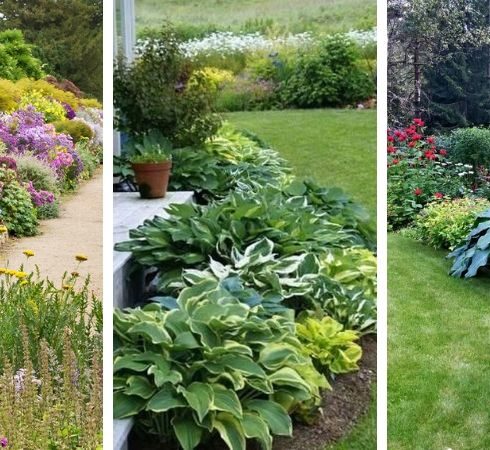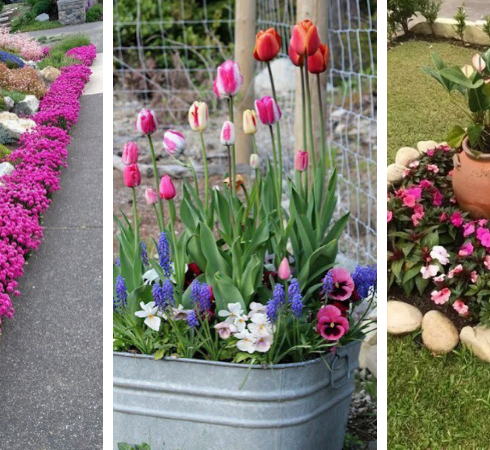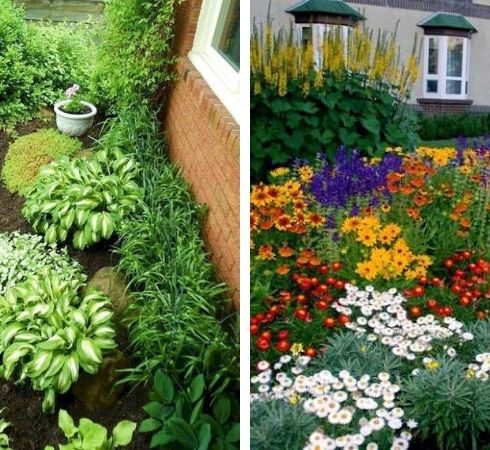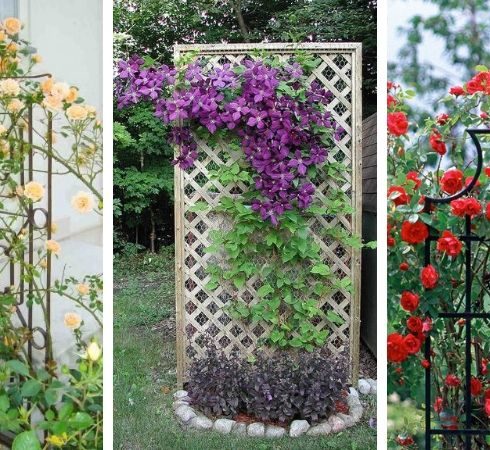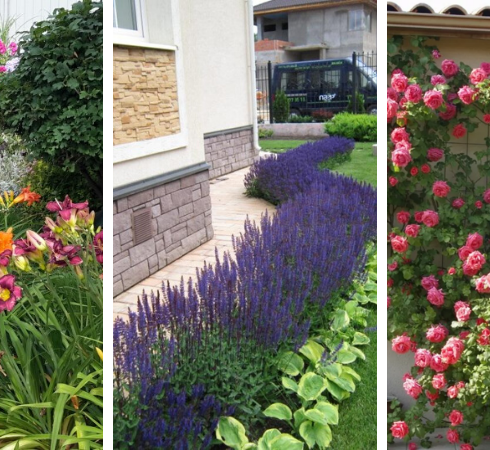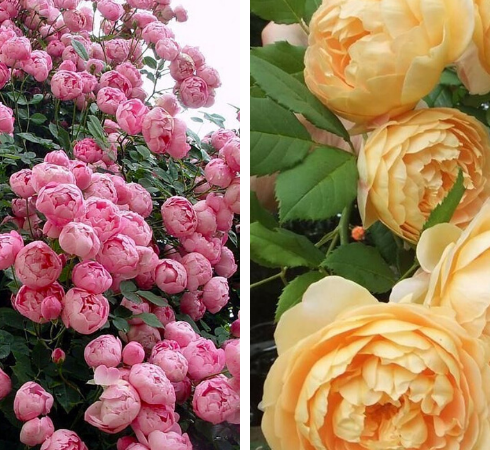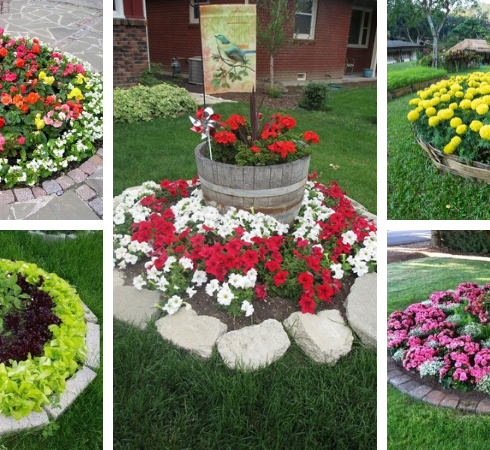At the mention of hosts immediately there are associations with a cozy bench in a shady gazebo on a hot summer day or a warm evening.
This unpretentious perennial has two advantages at once in terms of visual aesthetics: large decorative leaves and anddelicate flowers
Plus, the aroma - very subtle, enticing and enveloping - adjusts to tenderness and tranquility.
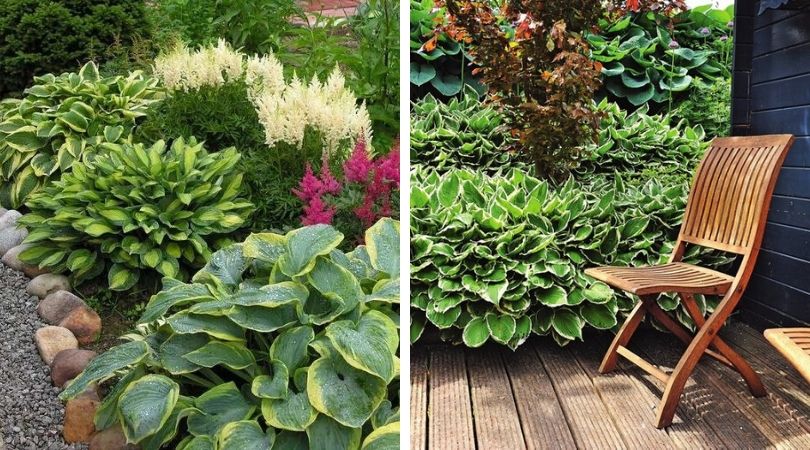
Planting and caring for hosts
If you decide to decorate your garden with a flower bed, or just start growing a border from hosta, you need to decide on the variety and place of planting. It should be noted that born in the warm and humid climate of Southeast Asia on the shores of the Atlantic Ocean, the hosta is demanding for watering and loves shade.
In a well-lit area with light shading, yellow-bordered varieties can be planted, since sunburn appears on the emerald leaves of the hostas if the light is too bright. But in the darkest corners, under the trees, the perennial feels great, especially for the "blue" varieties.
To make the plant feel better, it is advisable to mulch the soil around the hosta, this will save the moisture necessary for growth and development.
Hosta blooms in all its glory and fully reveals its decorative qualities in 2-3 years
The host winters well in our conditions, it is only necessary to make sure that the upper point of growth is closed from drying out.
What to grow hosta with
Hosta goes well with primroses (snowdrops, hyacinths), bulbs (tulips, daffodils, etc.), as it wakes up a little later, and the place will not remain empty in early spring. Ferns, astilbe, volzhanki are also good next to the host; large host varieties look great in the form of a tapeworm. And how cute she can decorate the edge of a small pond in the garden!
1.
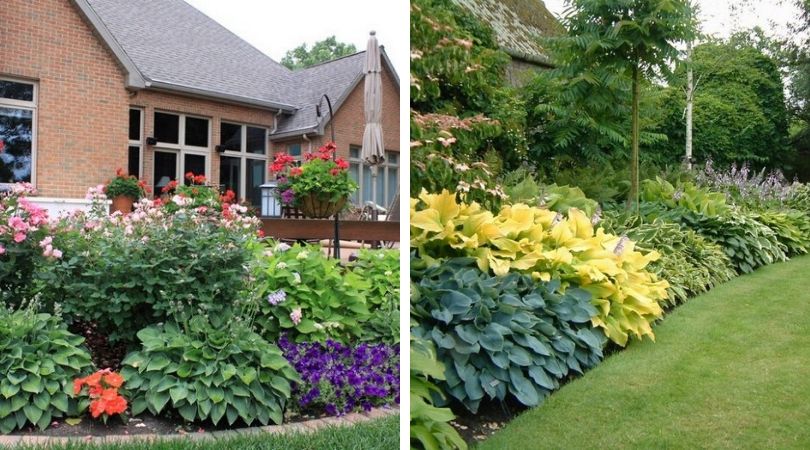
2.
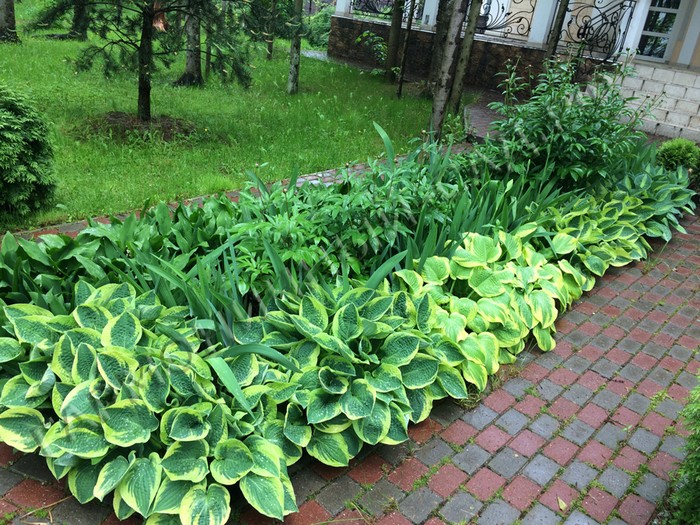
3.
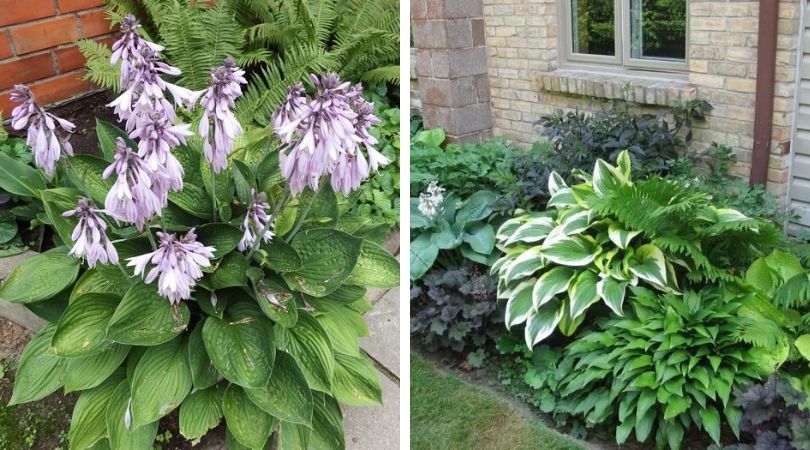
About timing
Transfer to host not difficult, the question iswhen is it better do it?In spring, summer or fall?
Most flower growers are in favor of replanting the hosta in early spring, when the plant wakes up, gains strength and is ready to actively grow and develop.
In the country literature they write that the best time for planting and dividing the host:
- In the spring: end of April - beginning of May,
- In autumn: end of August - beginning of September,
- Summer: throughout the summer (as it is said in one of the books in the "Modern Estate" series, this has been tested by practice).
But the optimal conditions for transplanting are still early spring. At this time, root growth begins, but the leaves do not unfold yet.
4.
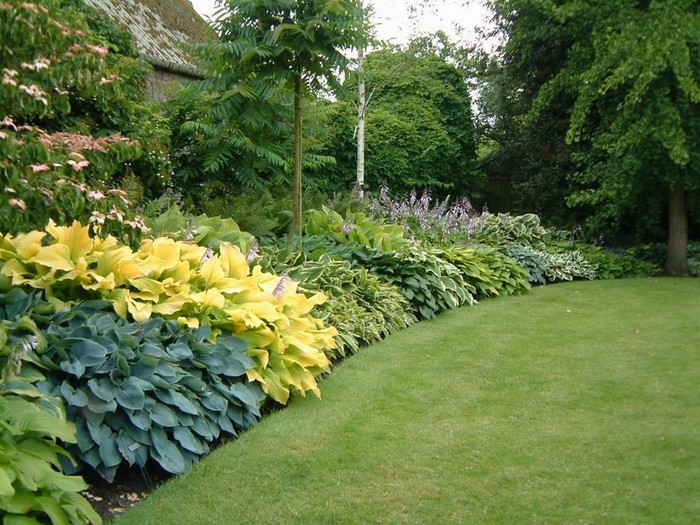
About division
Dividing a bush is the most common host breeding method. They can still be planted with cuttings and seeds, but when dividing, the hosts become decorative faster (after 2-3 years a beautiful, even bush is formed). From one plant, you can get 15-20 divisions for transplanting.
Without fail, the host needs to be transplanted at least once every 5-7 years, otherwise the plant grows strongly, the plantings thicken.
Rooting of the host takes about 4 weeks on average.
For transplantation, the entire plant is dug up and examined. You should try to divide the hosta so that each delenka has at least 2 buds and a maximum of roots. Start cutting from the center using a clean, sharp knife. The place of the cut is sprinkled with fungicide, ash or crushed coal and after 30 minutes, it is lowered into the ground. Before planting, the hosta leaves are cut in half.
5.
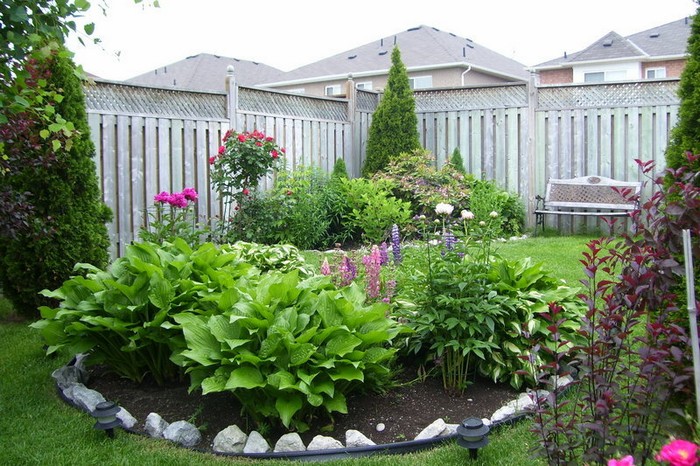
5.
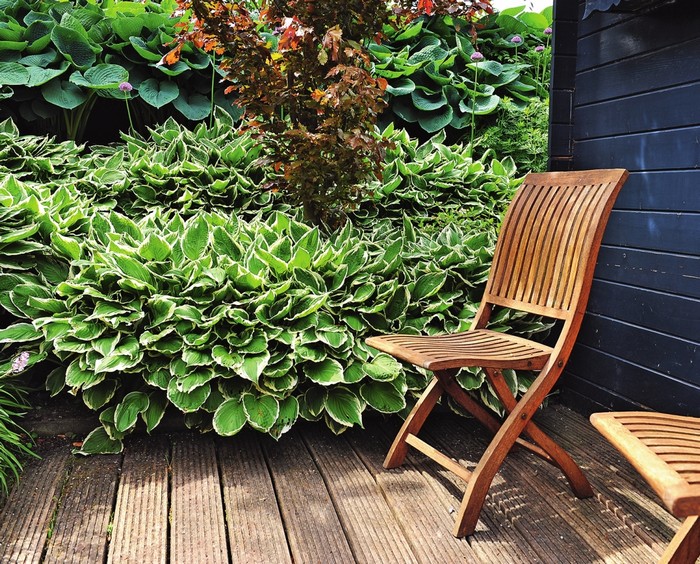
About leaving
- In the spring, it is useful for the host to fertilize with complex mineral fertilizers, at this time of the year it especially needs nitrogen. In summer - organic matter (compost and humus). In the summer, the plant must receive as much nutrients as possible in order to enter the winter well.
- Weeding is not needed for the host, almost nothing grows under it.The plant is resistant to diseases, but slugs and snails are very fond of it. They either need to be collected by hand or use tobacco dust.
- For the winter, the hosta bushes are protected from frost, and the soil is mulched (already in September, until the leaves have died).
- From the beginning of August, feeding is stopped.
- The faded peduncles are cut off so that the plant does not waste energy on the formation of seeds.
6.
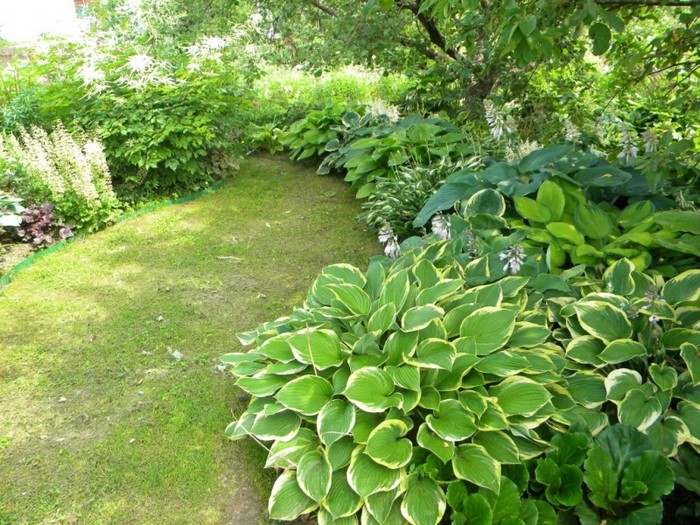
7.
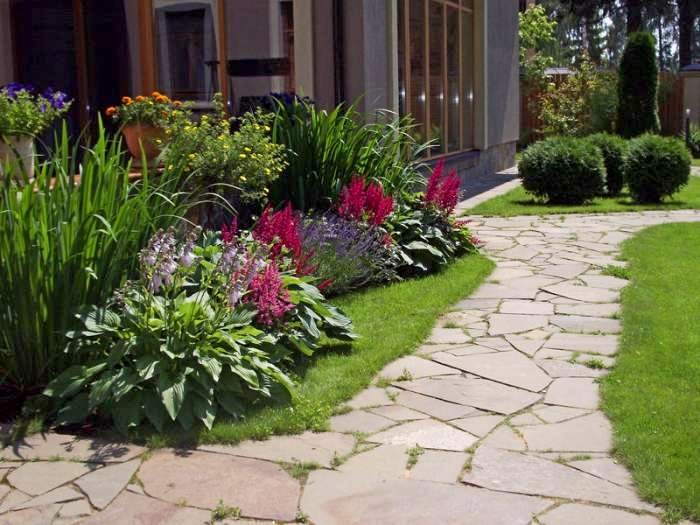
8.
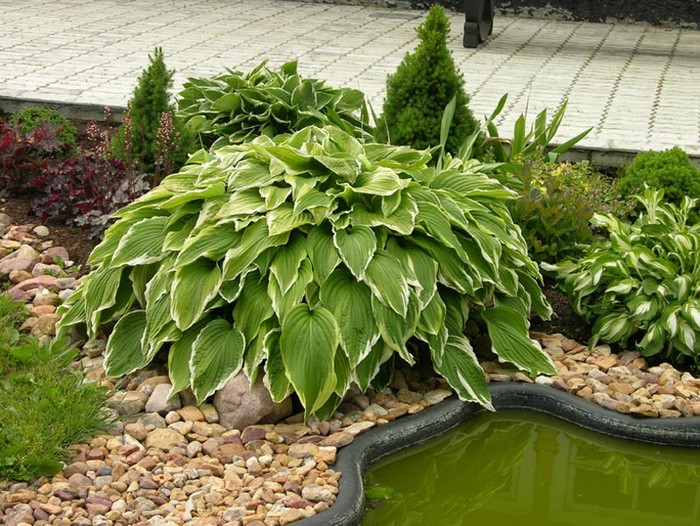
9.
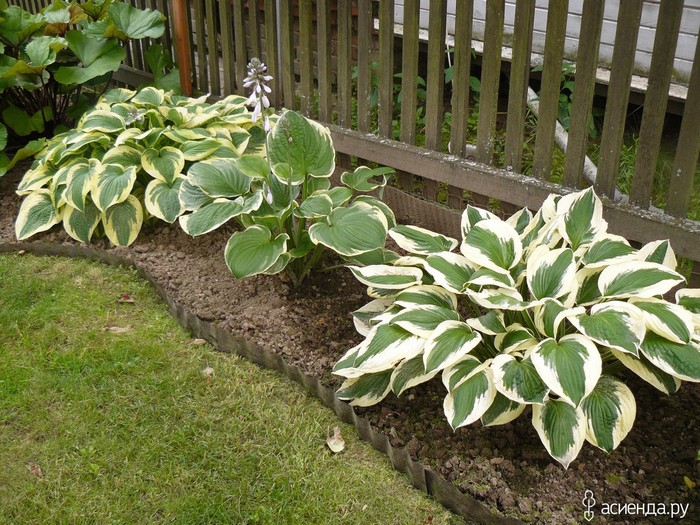
10.
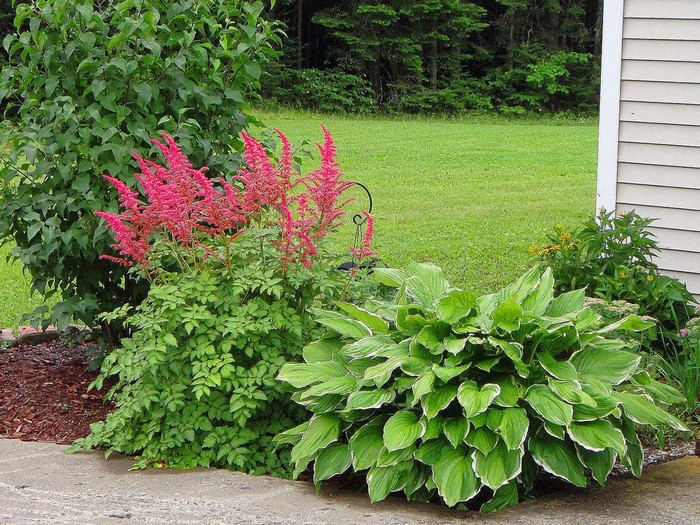
11.
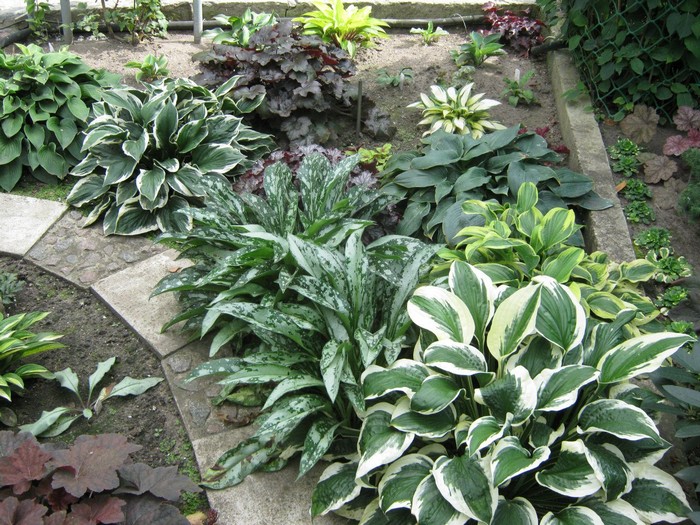
12.
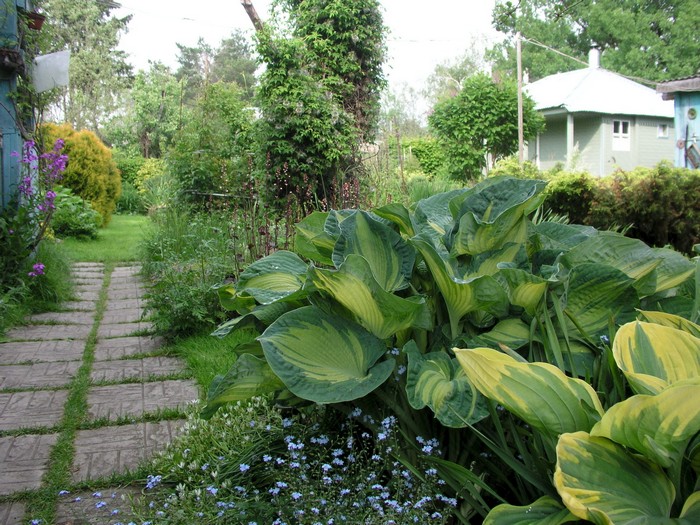
13.
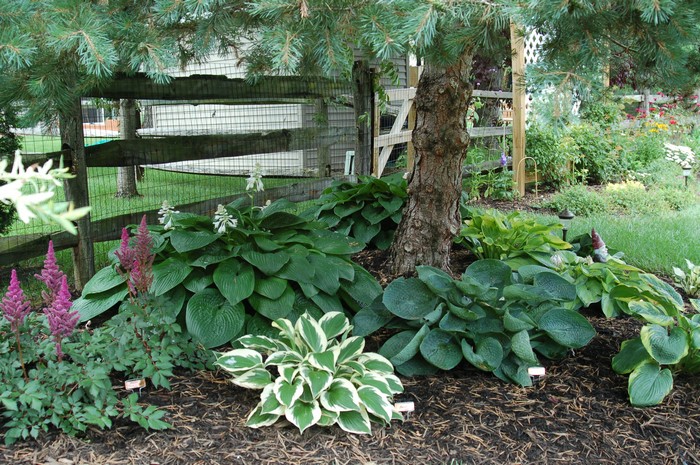
14.
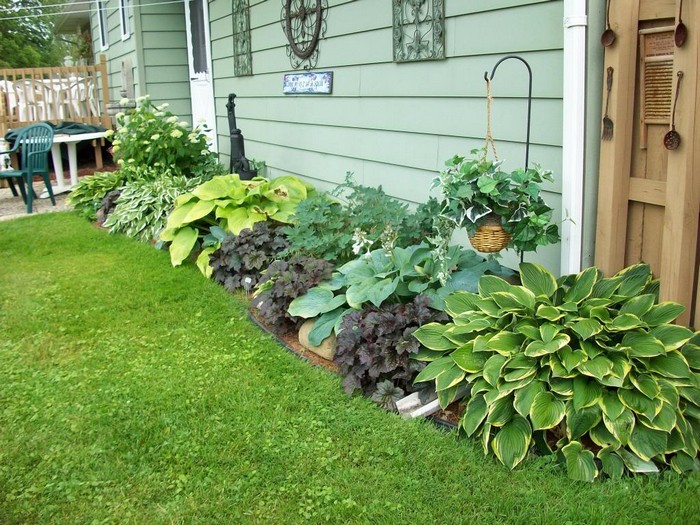
15.
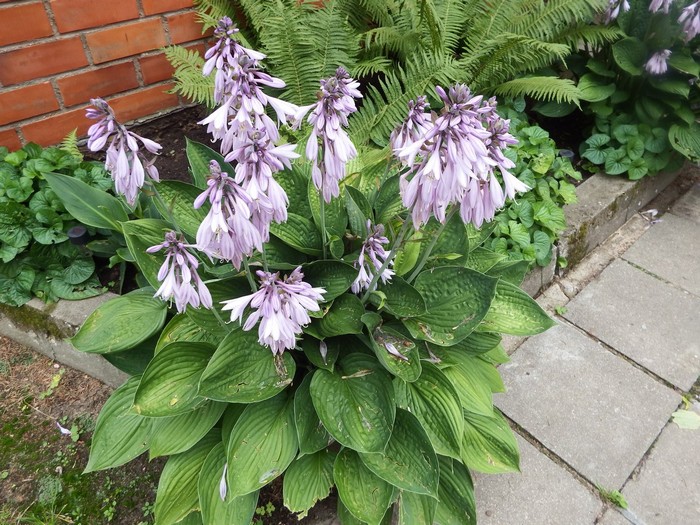
16.
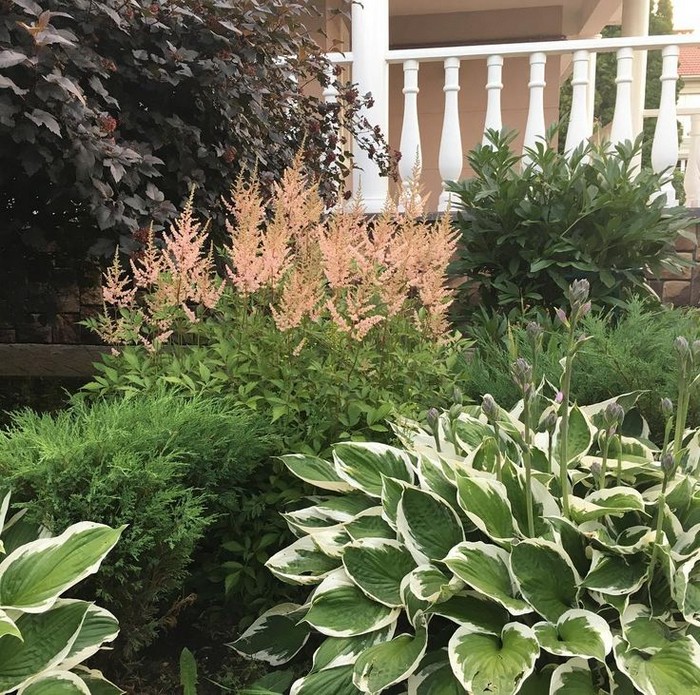
17.
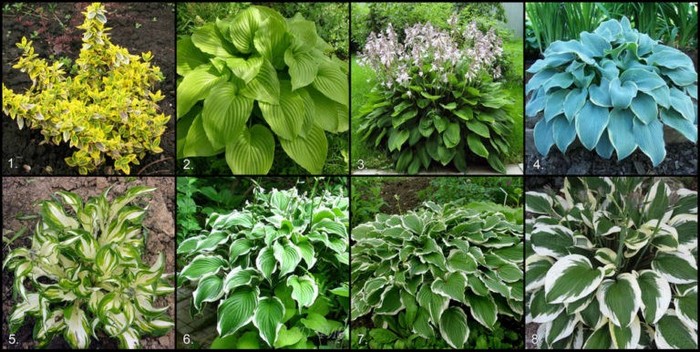
18.
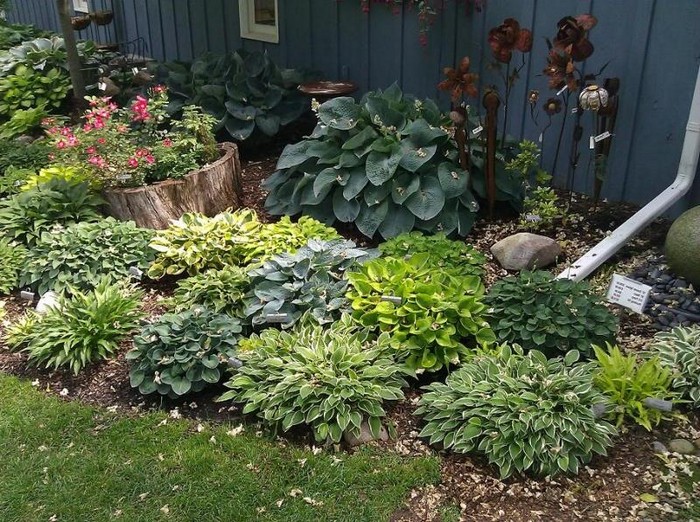
19.
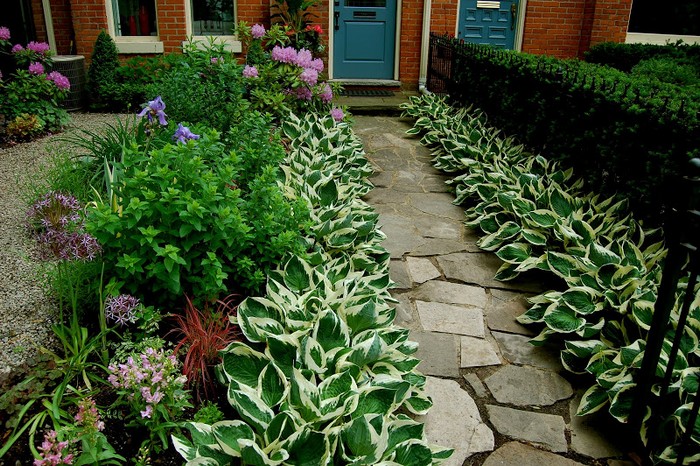
20.
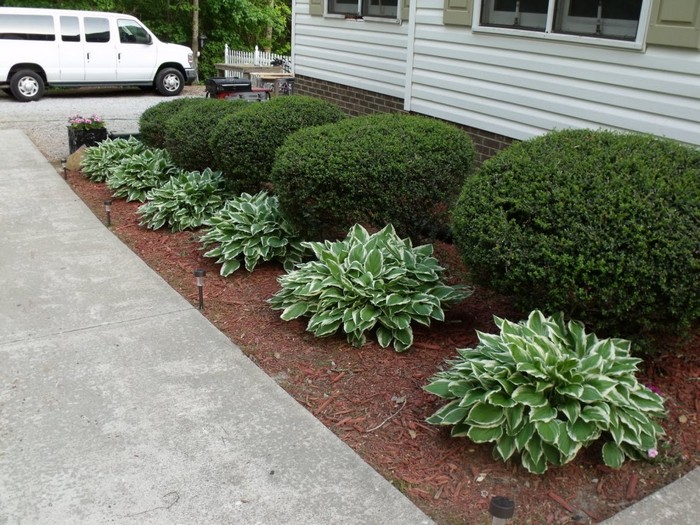
21.
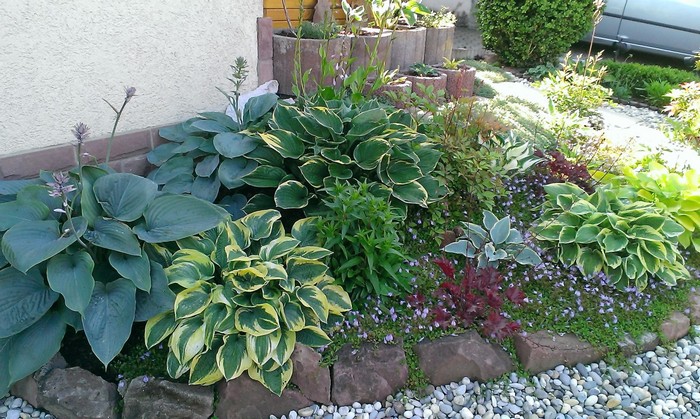
22.
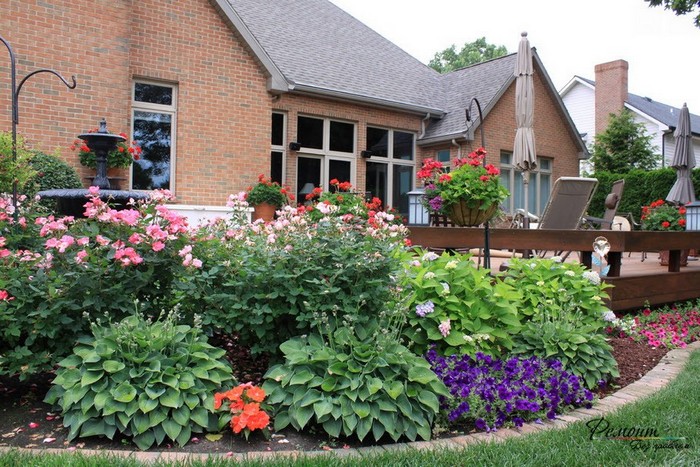
23.
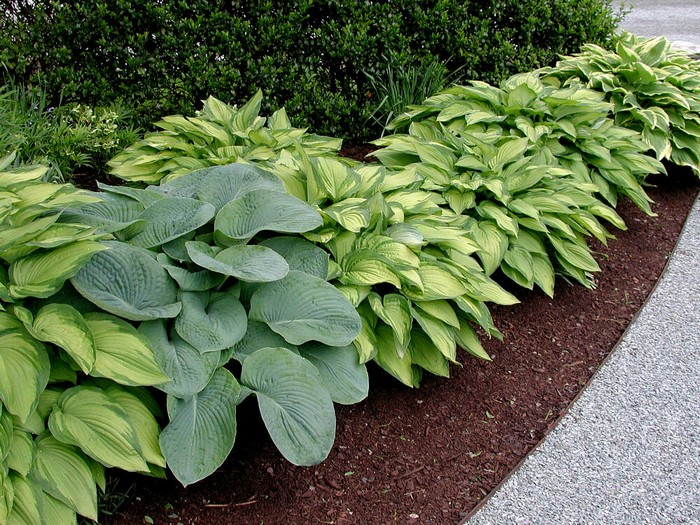
24.
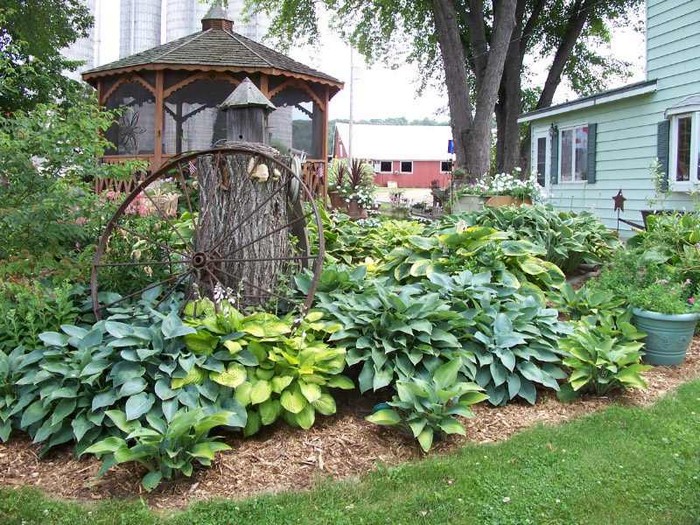
25.
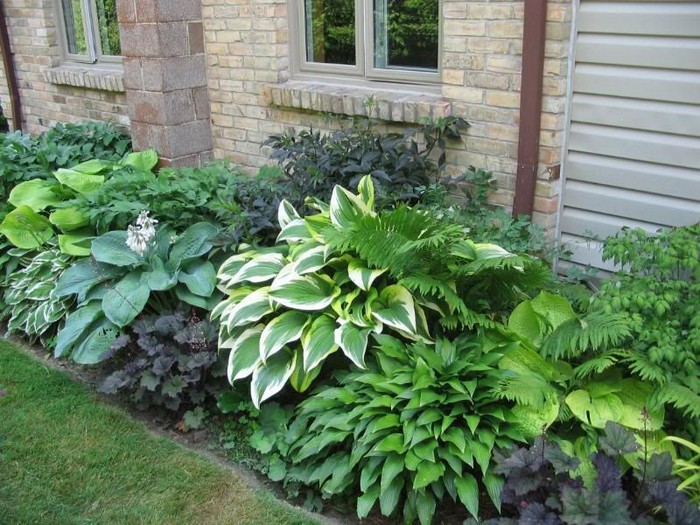
26.
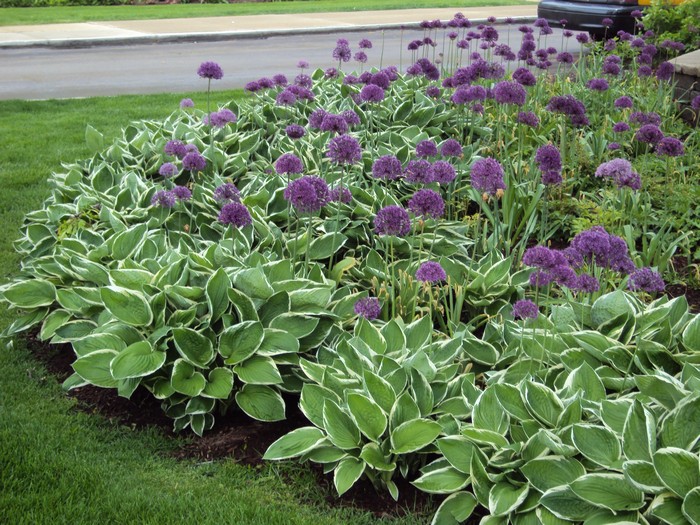
27.
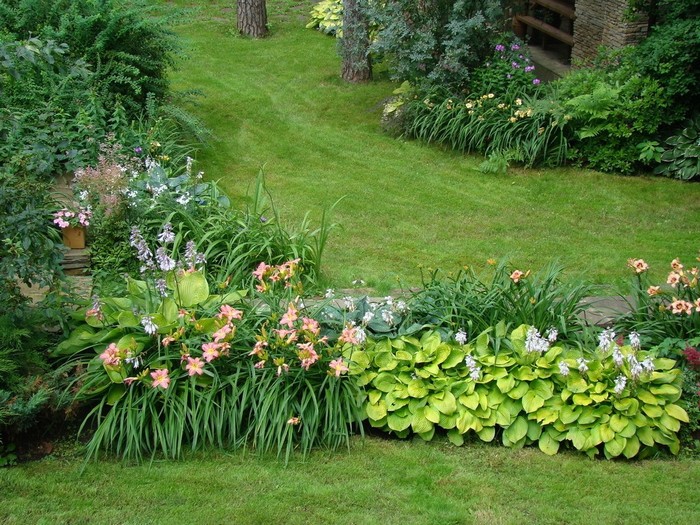
28.
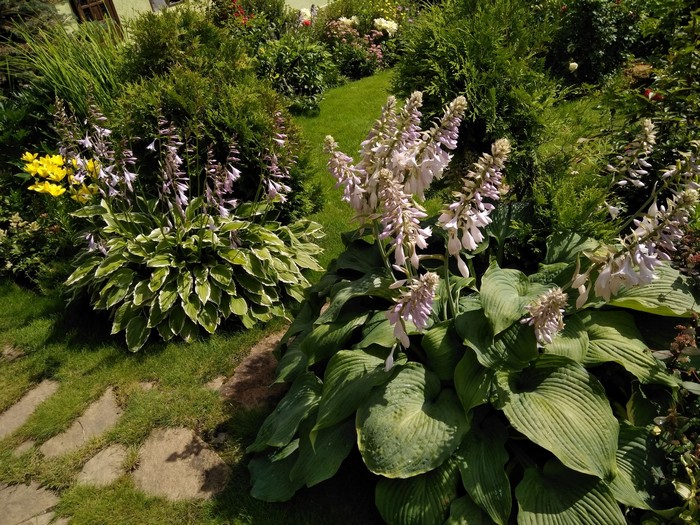
29.
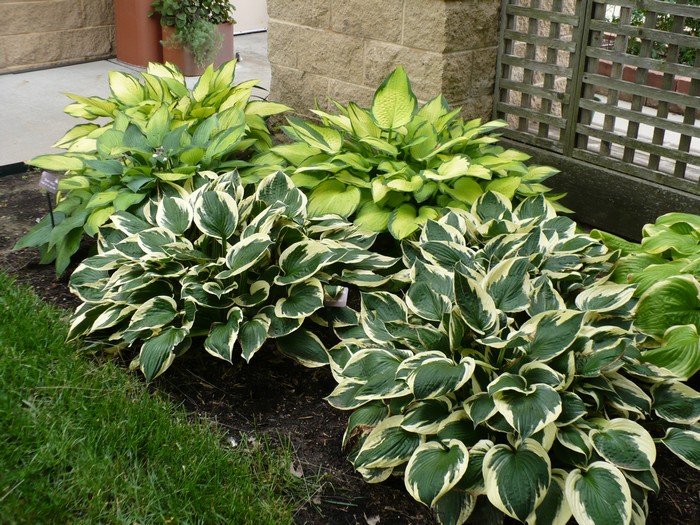
30.
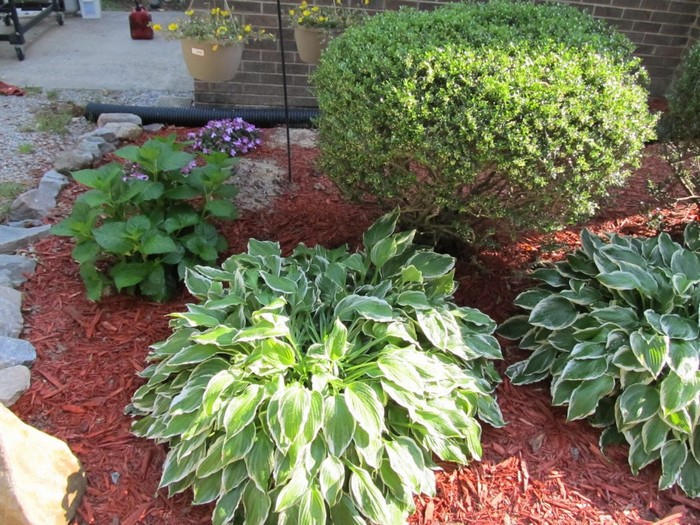
31.
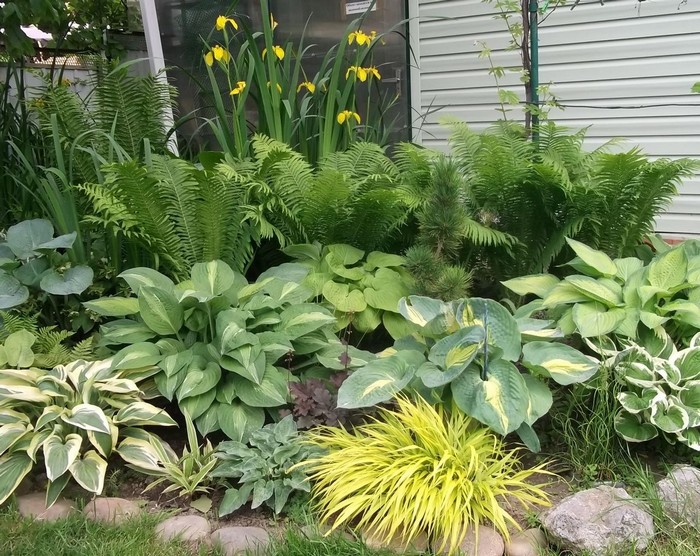
32.
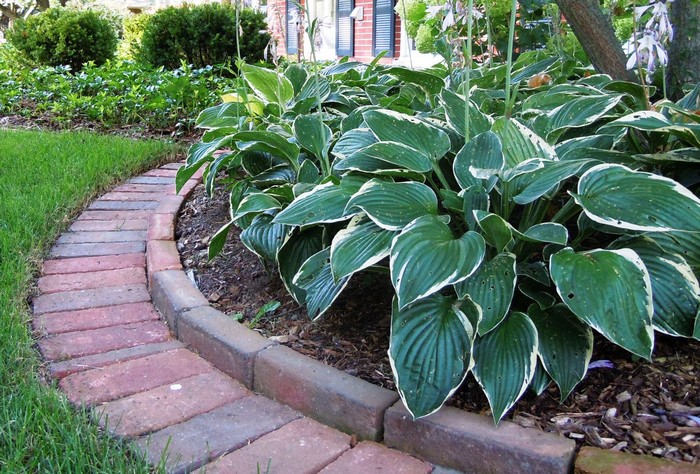
33.
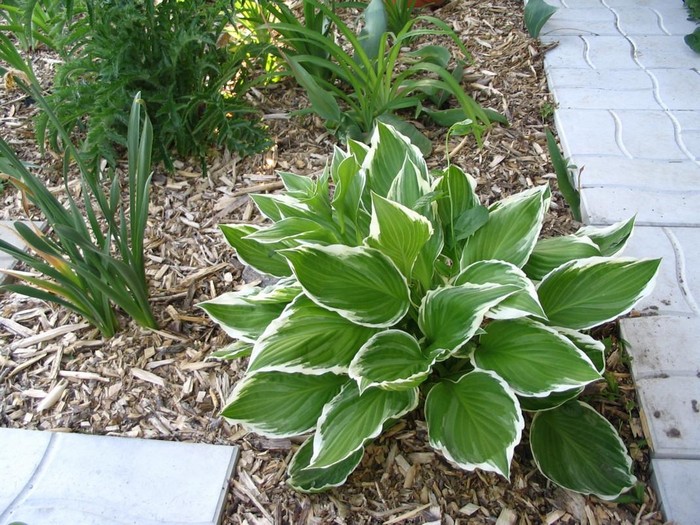
34.
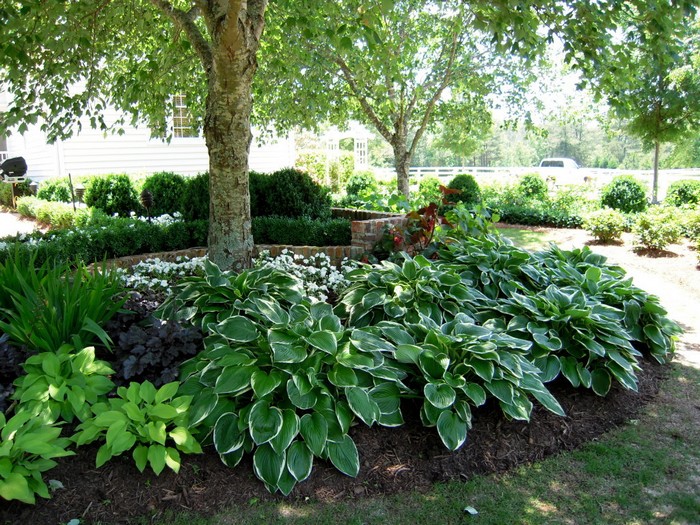
35.
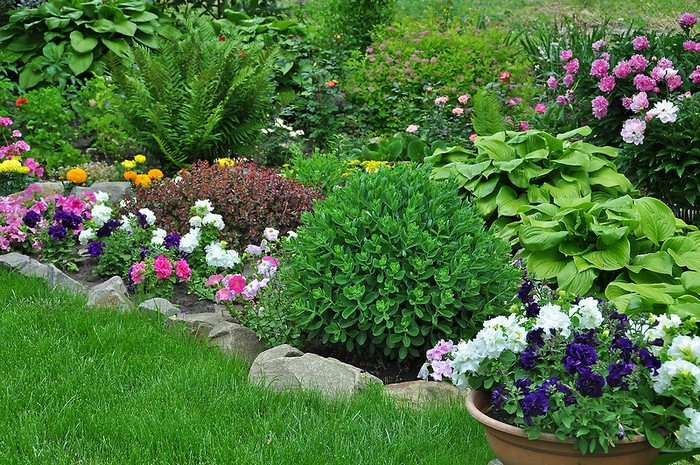
36.
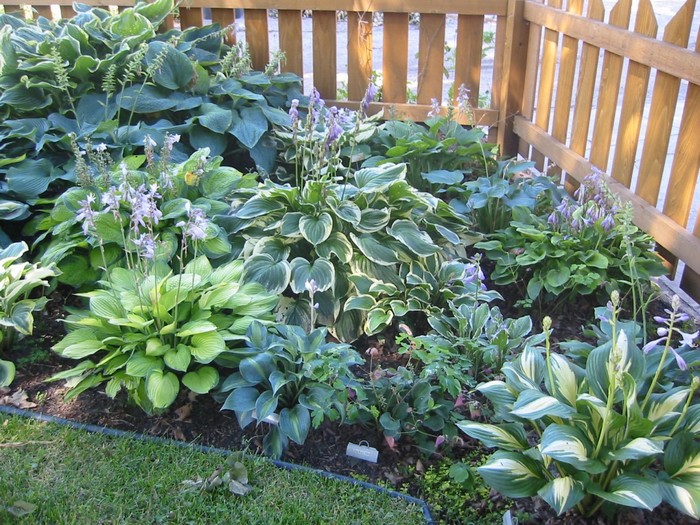
37.
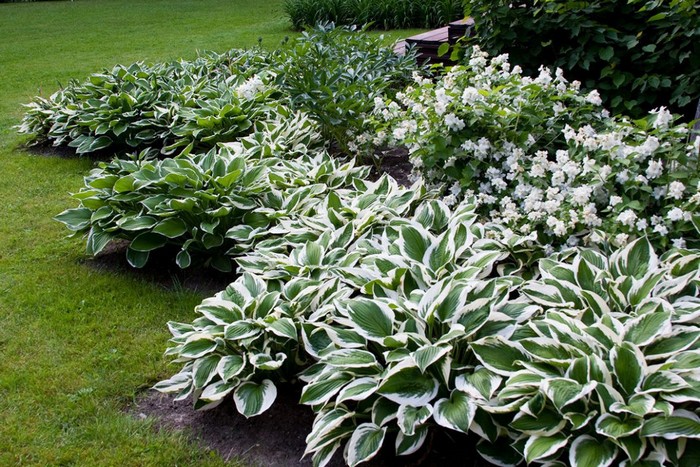
38.
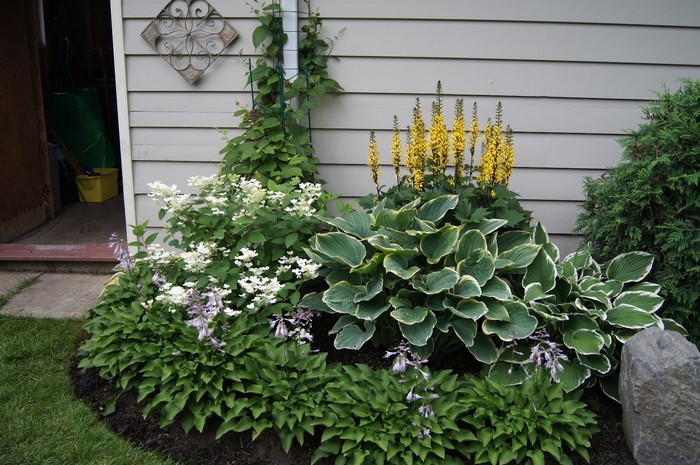
39.
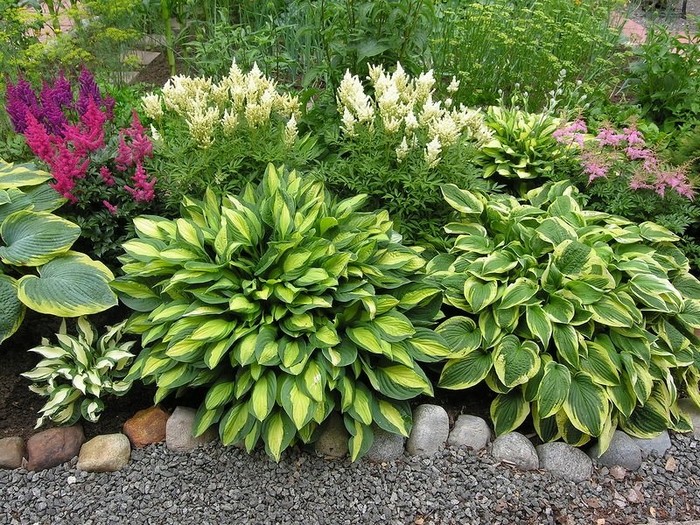
40.
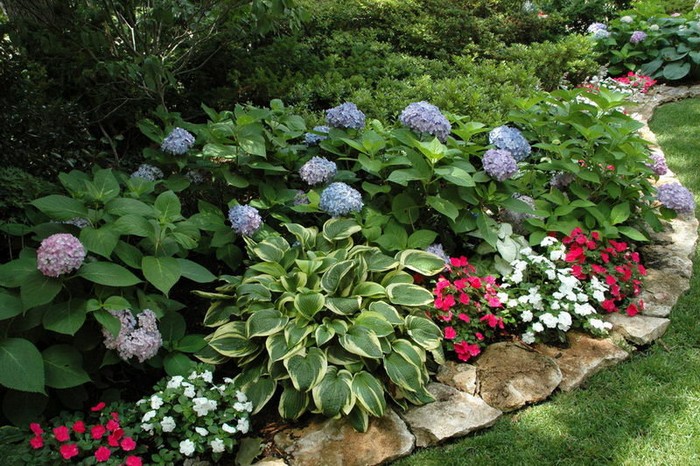
41.
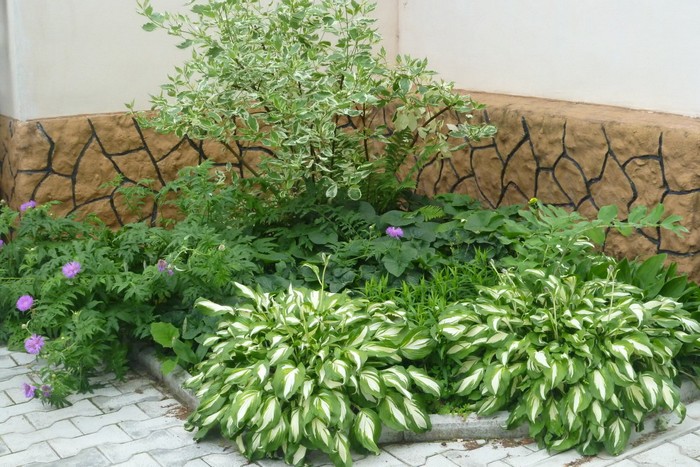
42.
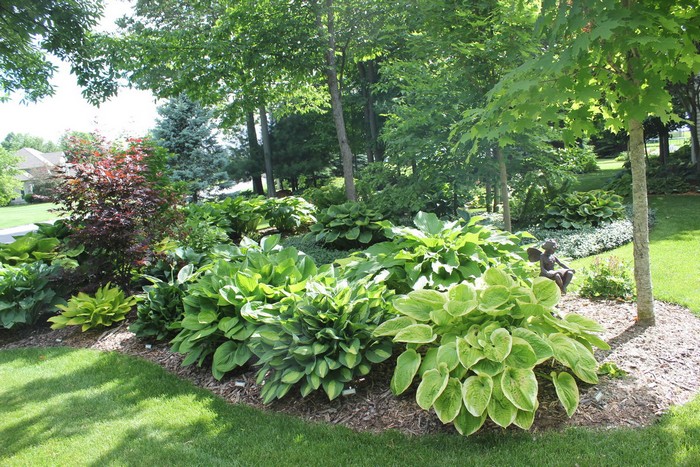
43.
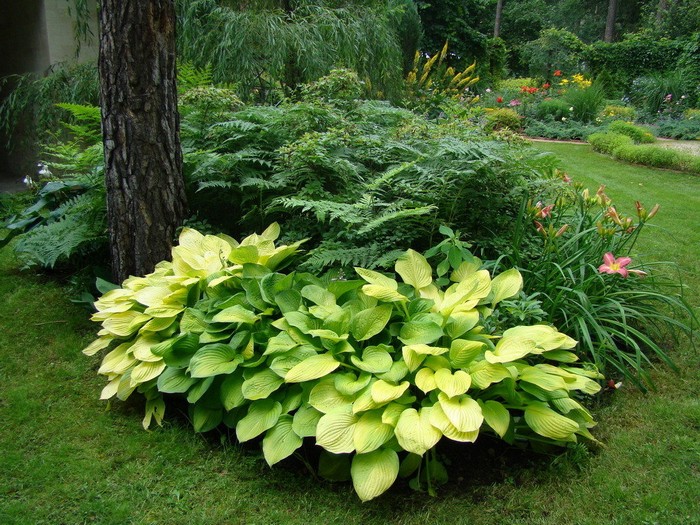
44.
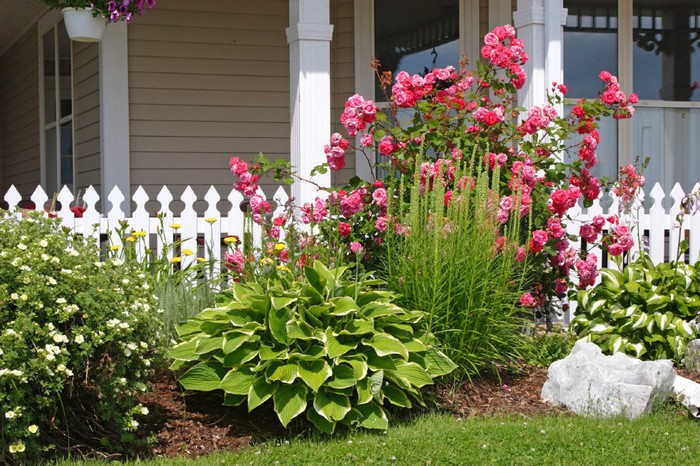
45.
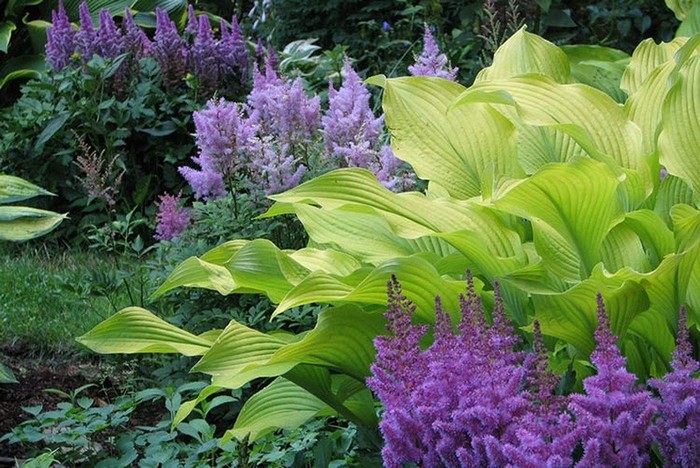
46.
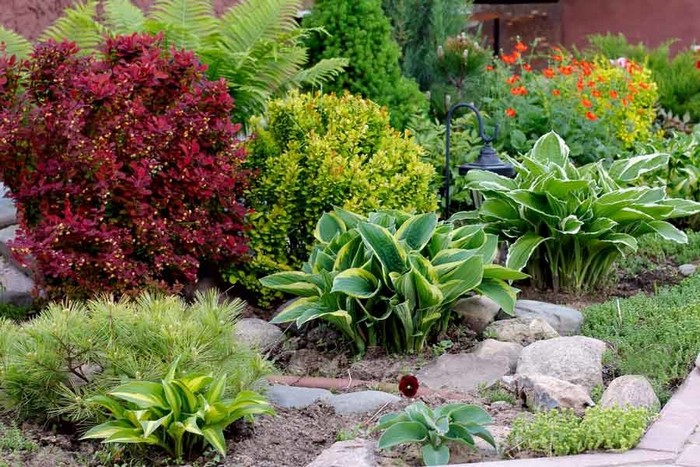
47.
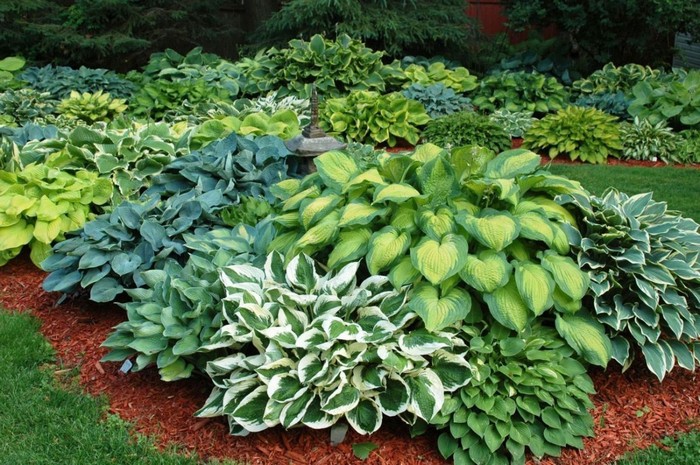
48.
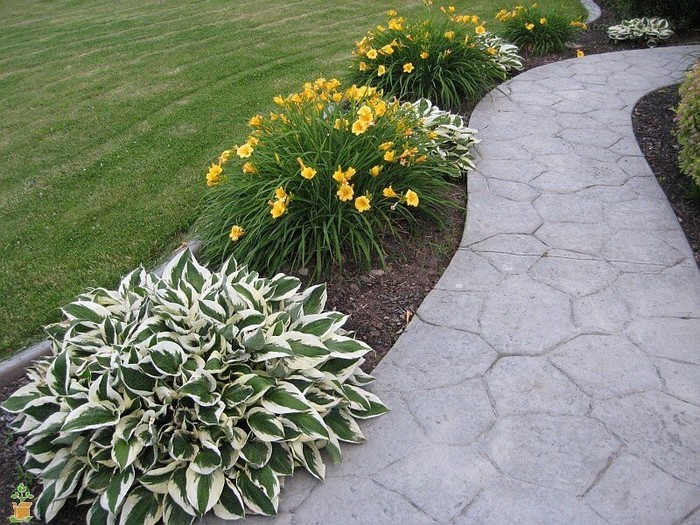
49.
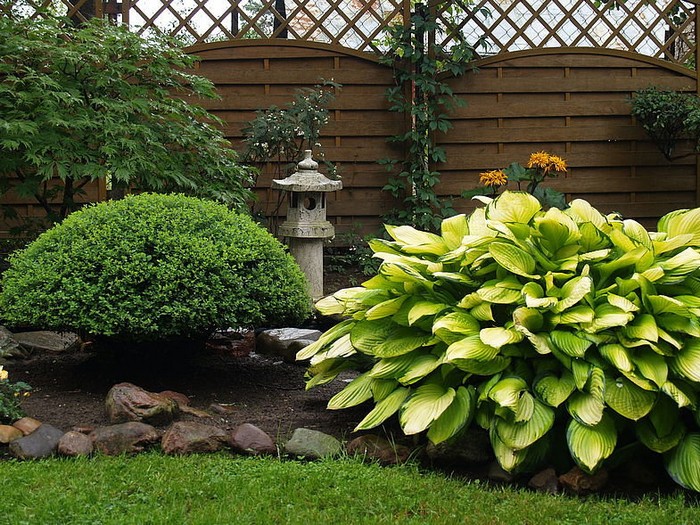
50.
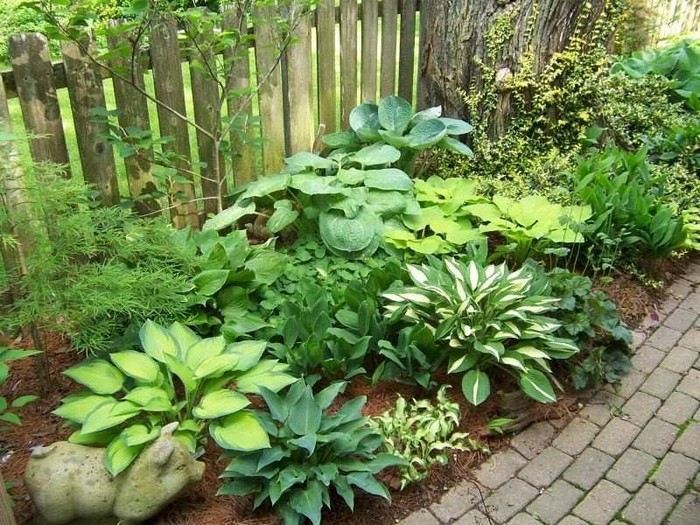
51.
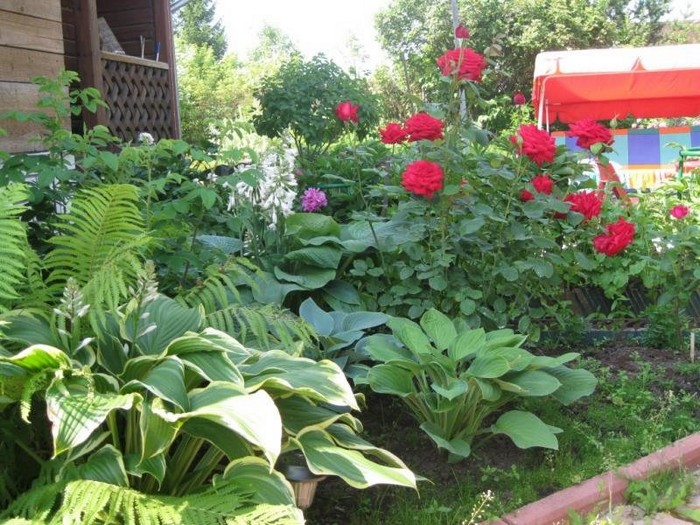
52.
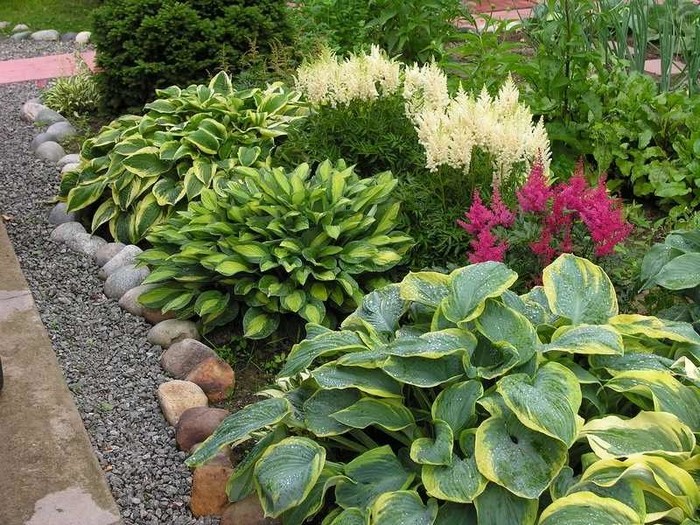
53.
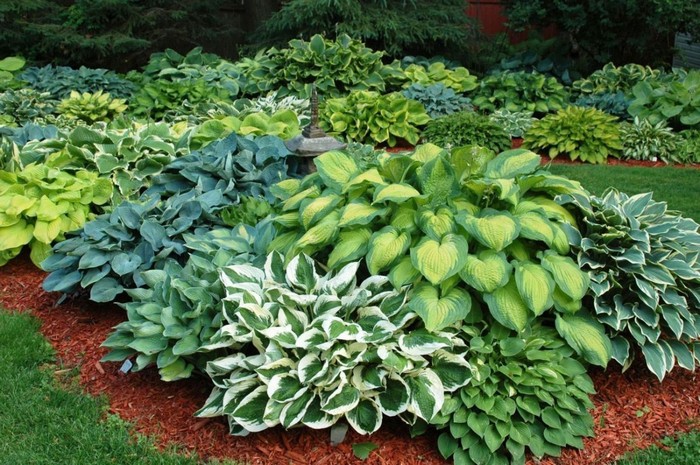
54.
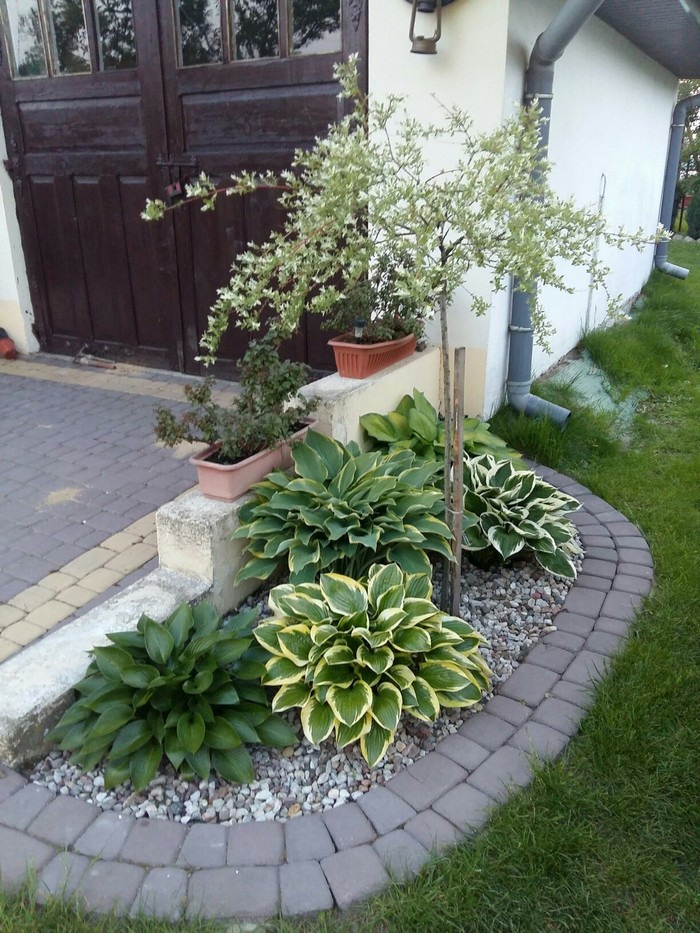
55.
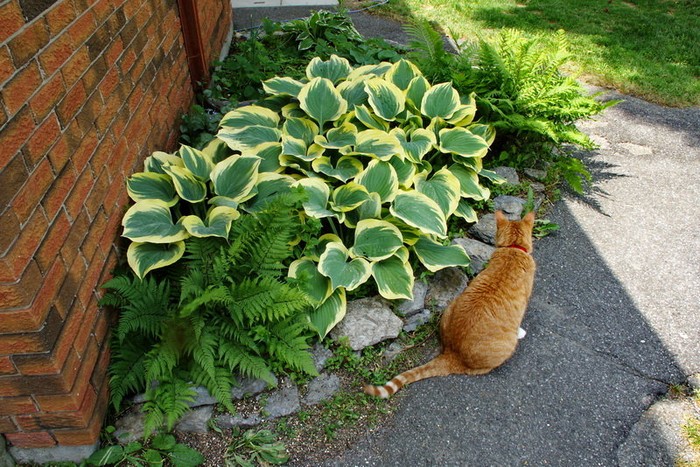
56.
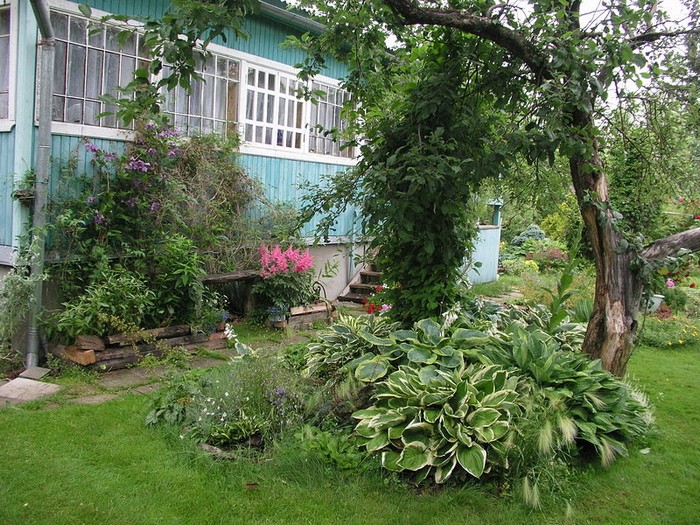
57.
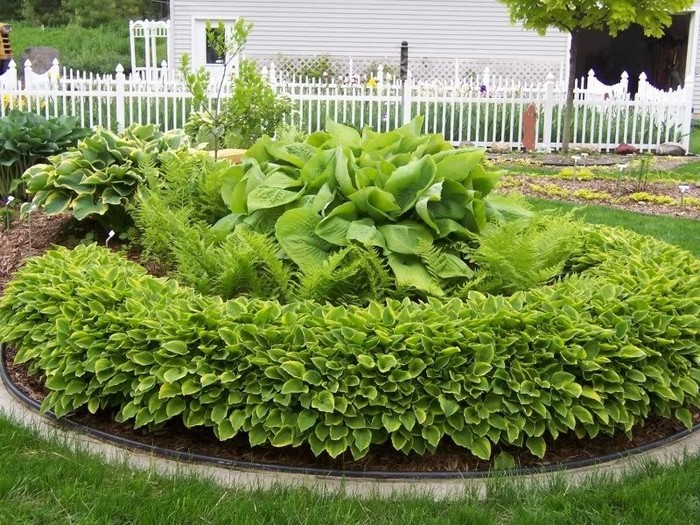
58.
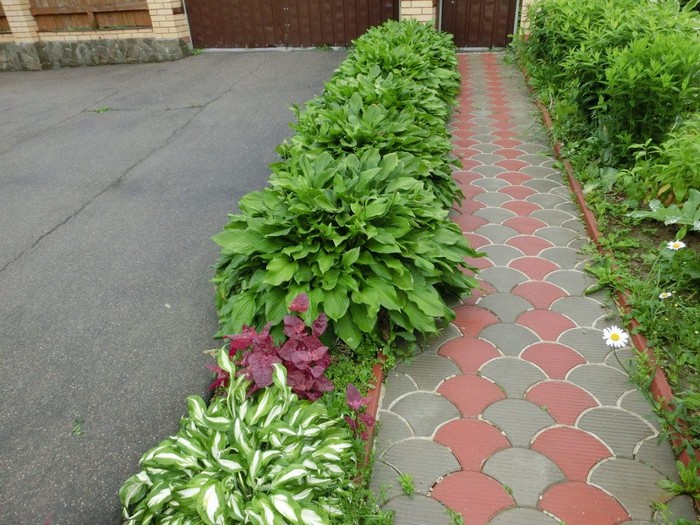
59.
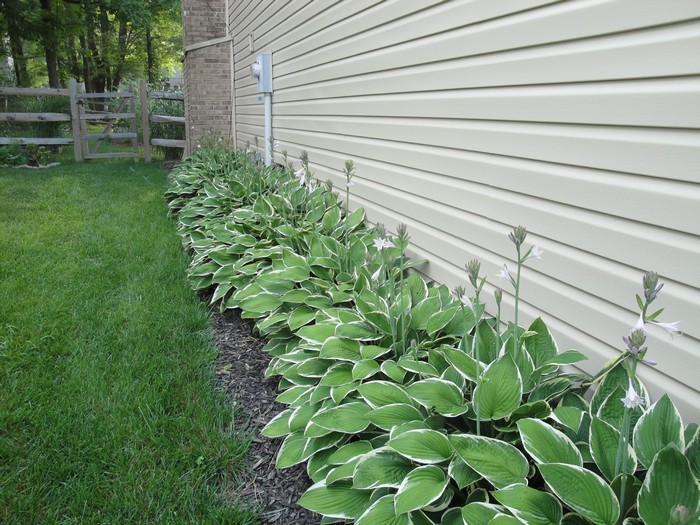
60.
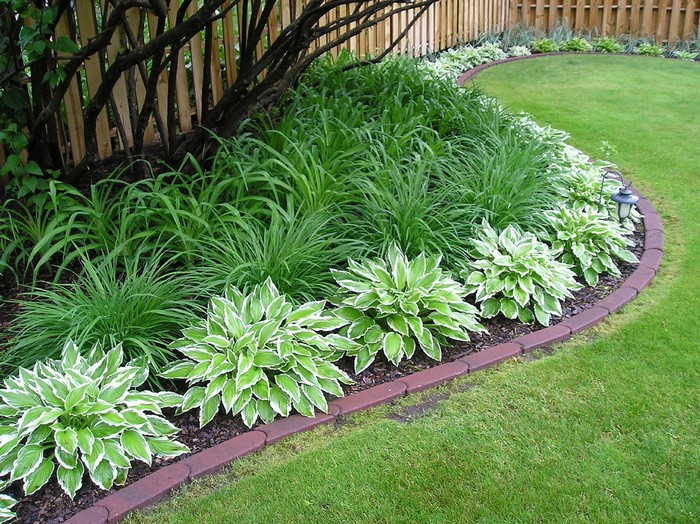
61.
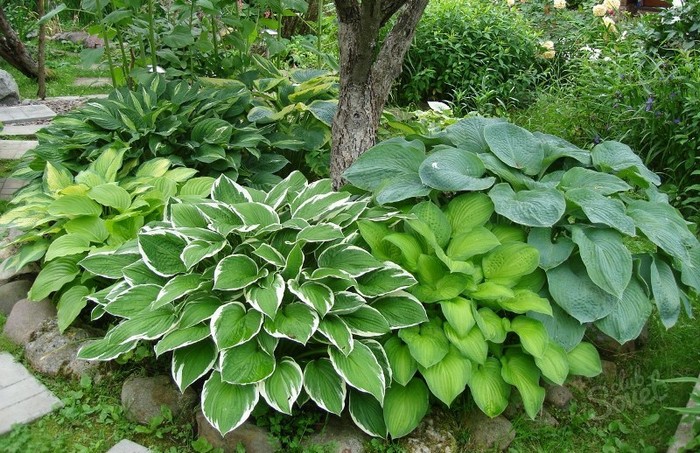
All images obtained via Google Images and Pinterest (unless otherwise noted).
